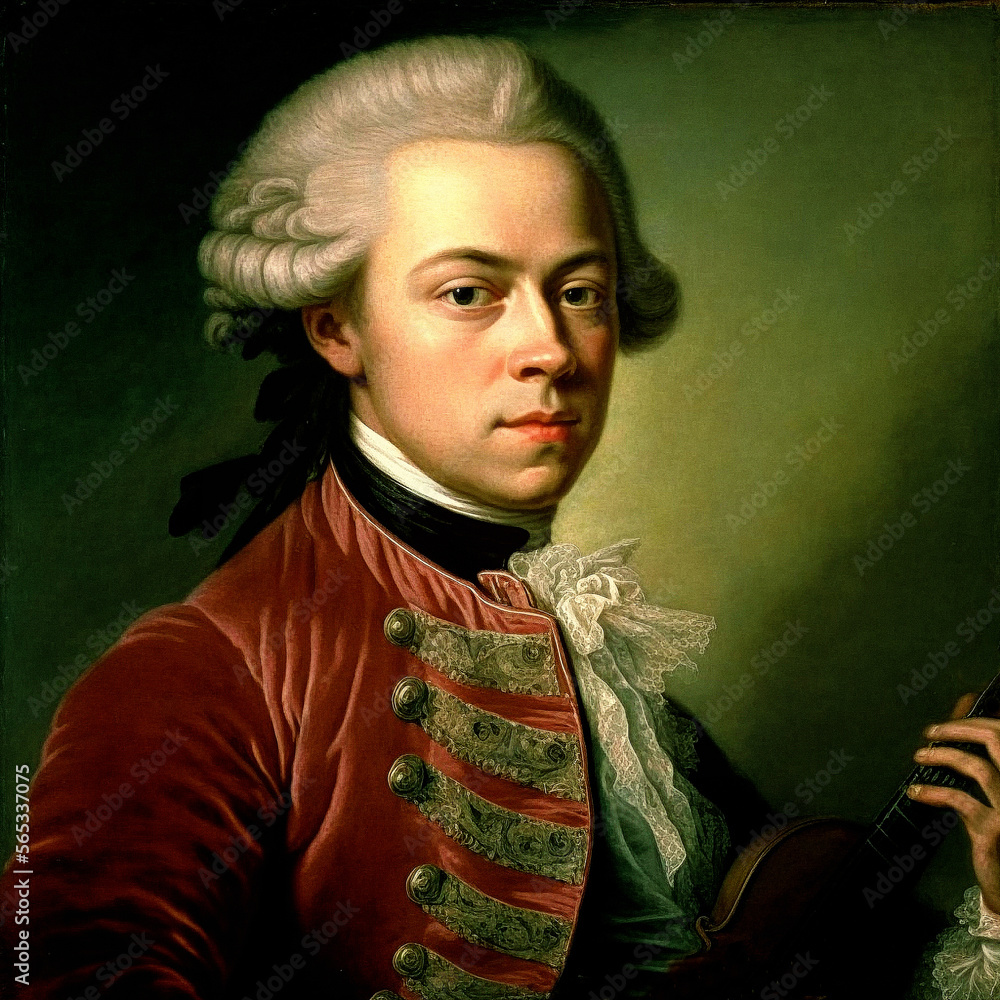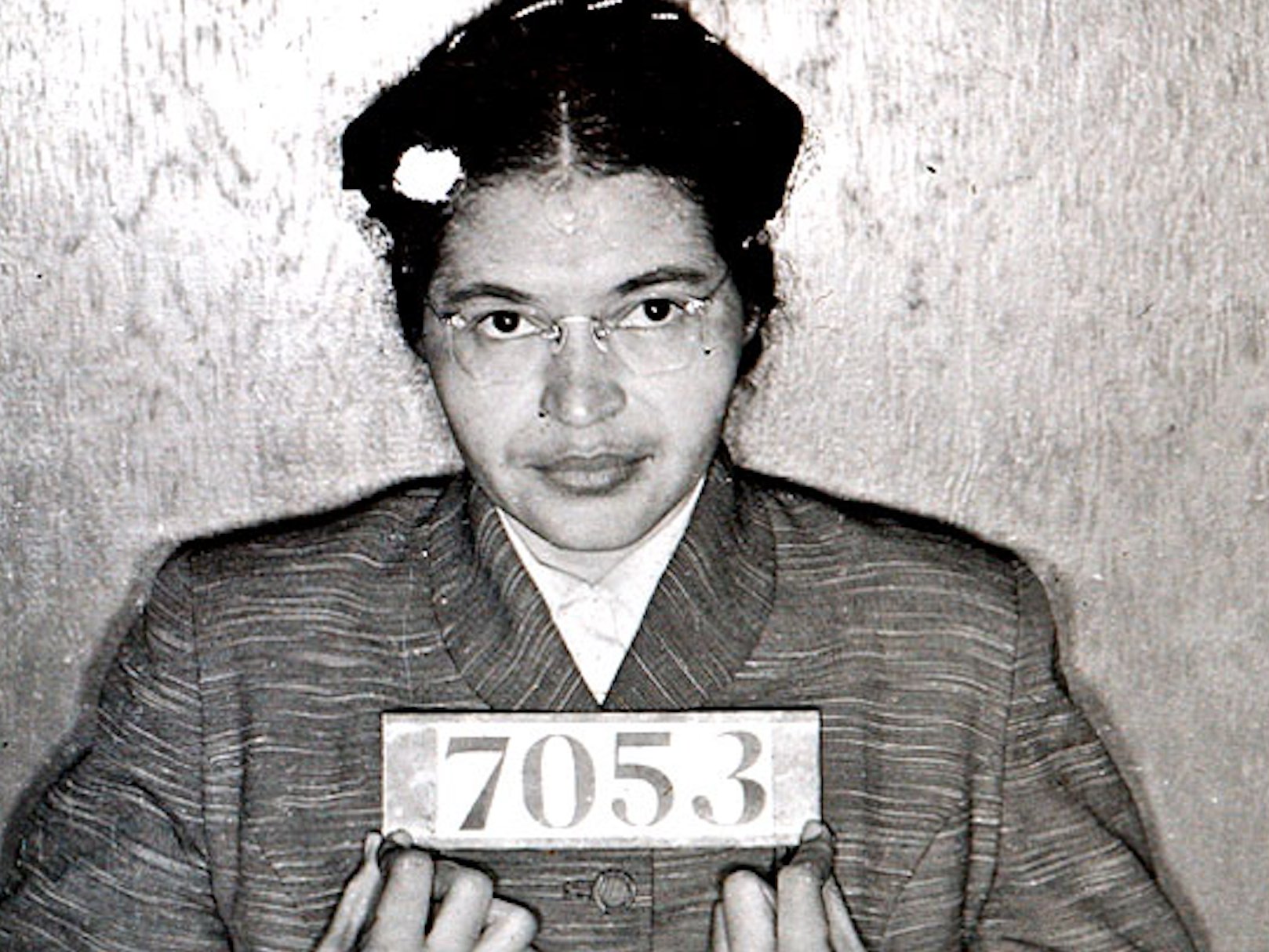Blog
Messier 106 (also known as NGC 4258) is an intermediate spiral galaxy in the constellation Canes Venatici. It was discovered by Pierre Méchain in 1781. M106 is at a distance of about 22 to 25 million light-years away from Earth. M106 contains an active nucleus classified as a Type 2 Seyfert, and the presence of a central supermassive black hole has been demonstrated from radio-wavelength observations of the rotation of a disk of molecular gas orbiting within the inner light-year around the black hole. NGC 4217 is a possible companion galaxy of Messier 106. Besides the two visible arms, it has two “anomalous arms” detectable using an X-ray telescope.

Eric Allandale (born Eric Allandale Dubuisson 4 March 1936 – 23 August 2001) was a trombonist, songwriter, and bandleader. During the 1960s, he was in number of bands in various genres which included jazz pop and soul.
A native of Dominica, West Indies, he moved to the U.K. in 1954 to complete his education. He joined the Hammersmith Borough Brass Band as a trumpeter while working as its council surveyor. He later switched to trombone and formed an amateur band playing jazz.
more...Willie Johnson (March 4, 1923 – February 26, 1995) was an American electric bluesguitarist. He is best known as the principal guitarist in Howlin’ Wolf‘s band from 1948 to 1953. His raucous, distorted guitar playing is prominent on Howlin’ Wolf’s Memphisrecordings during 1951–1953, including the hit song “How Many More Years” (recorded May 1951).
In 2017, Johnson was posthumously inducted in to the Blues Hall of Fame.
more...Halim Abdul Messieh El-Dabh (Arabic: حليم عبد المسيح الضبع, Ḥalīm ʻAbd al-Masīḥ al-Ḍabʻ; 4 March 1921 – 2 September 2017) was an Egyptian-American composer, musician, ethnomusicologist, and educator, who had a career spanning six decades. He is particularly known as an early pioneer of electronic music. In 1944 he composed one of the earliest known works of tape music, or musique concrète. From the late 1950s to early 1960s he produced influential work at the Columbia-Princeton Electronic Music Center.
more...Antonio Lucio Vivald (4 March 1678 – 28 July 1741) was an Italian composer, virtuoso violinist and impresario of Baroque music. Regarded as one of the greatest Baroque composers, Vivaldi’s influence during his lifetime was widespread across Europe, giving origin to many imitators and admirers. He pioneered many developments in orchestration, violin technique and programmatic music. He consolidated the emerging concerto form, especially the solo concerto, into a widely accepted and followed idiom.
Vivaldi composed many instrumental concertos, for the violin and a variety of other musical instruments, as well as sacred choral works and more than fifty operas. His best-known work is a series of violin concertos known as The Four Seasons. Many of his compositions were written for the all-female music ensemble of the Ospedale della Pietà, a home for abandoned children. Vivaldi began studying for the Catholic priesthood at the age of 15 and was ordained at 25, but was given dispensation to no longer say public Masses due to a health problem. Vivaldi also had some success with expensive stagings of his operas in Venice, Mantua and Vienna. After meeting the Emperor Charles VI, Vivaldi moved to Vienna, hoping for royal support. However, the Emperor died soon after Vivaldi’s arrival, and Vivaldi himself died in poverty less than a year later.
After almost two centuries of decline, Vivaldi’s musical reputation underwent a revival in the early 20th century, with much scholarly research devoted to his work. Many of Vivaldi’s compositions, once thought lost, have been rediscovered – some as recently as 2015.[7] His music remains widely popular in the present day and is regularly played all over the world.
more...Jan Garbarek (born 4 March 1947) is a Norwegian jazz saxophonist, who is also active in classical music and world music.
Garbarek was born in Mysen, Østfold, southeastern Norway, the only child of a former Polish prisoner of war, Czesław Garbarek, and a Norwegian woman. He grew up in Oslo, stateless until the age of seven, as there was no automatic grant of citizenship in Norway at the time. When he was 21, he married the author Vigdis Garbarek. He is the father of musician and composer Anja Garbarek.
more...Zenzile Miriam Makeba ( 4 March 1932 – 9 November 2008), nicknamed Mama Africa, was a South African singer, songwriter, actress, and civil rights activist. Associated with musical genres including Afropop, jazz, and world music, she was an advocate against apartheid and white-minority government in South Africa.
Born in Johannesburg to Swazi and Xhosa parents, Makeba was forced to find employment as a child after the death of her father. She had a brief and allegedly abusive first marriage at the age of 17, gave birth to her only child in 1950, and survived breast cancer. Her vocal talent had been recognized when she was a child, and she began singing professionally in the 1950s, with the Cuban Brothers, the Manhattan Brothers, and an all-woman group, the Skylarks, performing a mixture of jazz, traditional African melodies, and Western popular music. In 1959, Makeba had a brief role in the anti-apartheid film Come Back, Africa, which brought her international attention, and led to her performing in Venice, London, and New York City. In London, she met the American singer Harry Belafonte, who became a mentor and colleague. She moved to New York City, where she became immediately popular, and recorded her first solo album in 1960. Her attempt to return to South Africa that year for her mother’s funeral was prevented by the country’s government.
Makeba’s career flourished in the United States, and she released several albums and songs, her most popular being “Pata Pata” (1967). Along with Belafonte, she received a Grammy Award for Best Folk Recording for their 1965 album An Evening with Belafonte/Makeba. She testified against the South African government at the United Nations and became involved in the civil rights movement. She married Stokely Carmichael, a leader of the Black Panther Party, in 1968, and consequently lost support among white Americans. Her visa was revoked by the US government when she was traveling abroad, forcing her and Carmichael to relocate to Guinea. She continued to perform, mostly in African countries, including at several independence celebrations. She began to write and perform music more explicitly critical of apartheid; the 1977 song “Soweto Blues“, written by her former husband Hugh Masekela, was about the Soweto uprising. After apartheid was dismantled in 1990, Makeba returned to South Africa. She continued recording and performing, including a 1991 album with Nina Simone and Dizzy Gillespie, and appeared in the 1992 film Sarafina!. She was named an FAO Goodwill Ambassador in 1999, and campaigned for humanitarian causes. She died of a heart attack during a 2008 concert in Italy.
Makeba was among the first African musicians to receive worldwide recognition. She brought African music to a Western audience, and popularized the world music and Afropop genres. Despite her cosmopolitan background, she was frequently viewed by Western audiences as an embodiment of Africa: she was also seen as a style icon in both South Africa and the West. Makeba made popular several songs critical of apartheid, and became a symbol of opposition to the system, particularly after her right to return was revoked. Upon her death, former South African President Nelson Mandela said that “her music inspired a powerful sense of hope in all of us.”
more...Federico Moreno Torroba (3 March 1891 – 12 September 1982) was a Spanish composer, conductor, and theatrical impresario. He is especially remembered for his important contributions to the classical guitar repertoire, becoming one of the leading twentieth-century composers for the instrument. He was also one of the foremost composers of zarzuelas, a form of Spanish light opera. His 1932 zarzuela Luisa Fernanda has proved to be enduringly popular. In addition, he composed ballets, symphonic works, and piano pieces, as well as one-act operas and one full-length opera, El poeta, which premiered in 1980, starring well-known tenor Plácido Domingo. Moreno Torroba also ran his own zarzuela company, which toured extensively, especially in Latin America.
more...This vibrant spiral galaxy and the subject of today’s NASA/ESA Hubble Space Telescope Picture of the Week is NGC 5042, which resides about 48 million light-years from Earth in the constellation Hydra (the water snake). The galaxy nicely fills the frame of this Hubble image, with a single Milky Way star marked by cross-shaped diffraction spikes attempting to blend in with the bright stars along the galaxy’s edge.
Hubble observed NGC 5042 in six wavelength bands from the ultraviolet to the infrared to create this multicoloured portrait. The galaxy’s cream-coloured centre is packed with ancient stars, and the galaxy’s spiral arms are decorated with patches of young blue stars. The elongated yellow-orange objects that are scattered around the image are background galaxies far more distant than NGC 5042.
Perhaps NGC 5042’s most striking feature is its collection of brilliant pink gas clouds that are studded throughout its spiral arms. These flashy clouds are called H II (pronounced “H-two”) regions, and they get their distinctive colour from hydrogen atoms that have been ionised by ultraviolet light. If you look closely at this image, you’ll see that many of these reddish clouds are associated with clumps of blue stars, often appearing to form a shell around the stars.
H II regions arise in expansive clouds of hydrogen gas, and only hot and massive stars produce enough high-energy light to create an H II region. Because the stars capable of creating H II regions only live for a few million years — just a blink of an eye in galactic terms — this image represents a fleeting snapshot of life in this galaxy.
[Image Description: A spiral galaxy. It’s noticeably bright around the central region of its disc, then dims somewhat out to the edge where there are fewer stars. Two spiral arms circle through the disc and emerge beyond its edge, around the galaxy’s sides. Many pink spots of new star formation, as well as dark reddish strands of dust, cover the galaxy. The arms contain some speckled, blue patches containing hot stars.]

Arthel Lane “Doc” Watson (March 3, 1923 – May 29, 2012 Deep Gap, NC) was an American guitarist, songwriter, and singer of bluegrass, folk, country, blues, and gospel music. He won seven Grammy awards as well as a Grammy Lifetime Achievement Award. His fingerpicking and flatpicking skills, as well as his knowledge of traditional American music, were highly regarded. Blind from a young age, he performed publicly both in a dance band and solo, as well as for over 15 years with his son, guitarist Merle Watson, until Merle’s death in 1985 in an accident on the family farm.
more...James Emory Garrison (March 3, 1934 – April 7, 1976) was an American jazzdouble bassist. He is best remembered for his association with John Coltrane from 1961 to 1967.
Garrison was born in Miami, Florida, and moved when he was 10 to Philadelphia, where he learned to play bass during his senior year of high school. Garrison came of age in the 1950s Philadelphia jazz scene, which included fellow bassists Reggie Workman and Henry Grimes, pianist McCoy Tyner and trumpeter Lee Morgan. Garrison was in a short-lived trio started by Bill Evans, with Kenny Dennis on drums, in the 1950s.Between 1957 and 1962, Garrison played and recorded with trumpeter Kenny Dorham; clarinetist Tony Scott; drummer Philly Joe Jones; and saxophonists Bill Barron, Lee Konitz, and Jackie McLean, as well as Curtis Fuller, Benny Golson, Lennie Tristano, and Pharoah Sanders, among others. In 1961, Garrison recorded with Ornette Coleman, appearing on Coleman’s albums Ornette on Tenor and The Art of the Improvisers. He also worked with Walter Bishop, Jr. and Cal Massey during the early years of his career.
more...
More Posts
- Richard Rodgers
- David Honeyboy Edwards
- World Music with Sarah Aroeste
- Daily Roots with Delroy Wilson
- The Cosmos with Saturn Auroras
- George Braith
- Johnny Big Moose Walker
- Elmo Hope
- Shad Collins
- World Music with Namgar
- Daily Roots with the Ethiopians
- The Cosmos with IC1623
- St Louis Jimmy Oden
- Reggie Workman
- David Grusin
- Big Bill Broonzy
- World Music with Lutchiana Mobulu
- Daily Roots with Ernest Wilson
- The Cosmos with M31
- Joe Chambers
